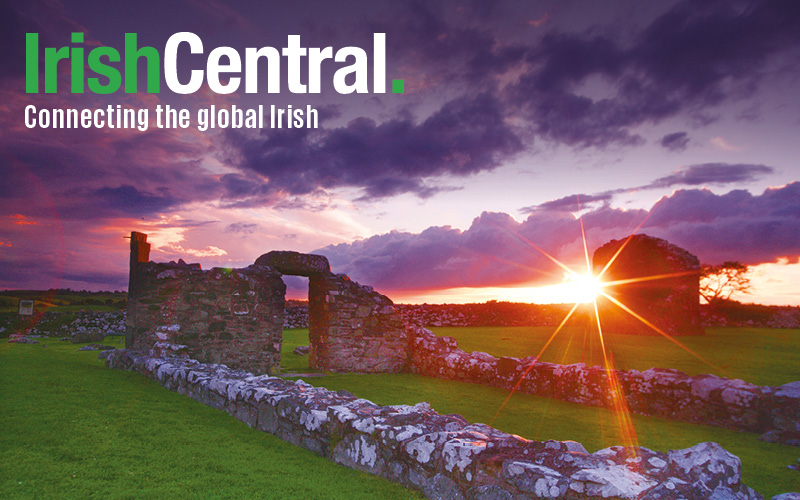Ireland’s population is booming, according to recently released Eurostat figures from 2014.
The Republic of Ireland had the highest birth rate in the entire EU, at 14.4 babies born per 1,000 residents, and the second lowest death rate, at 6.4 per 1,000 residents.
The difference between the two puts Ireland’s growth rate at 8.1 per 1,000.
As a point of comparison, the average EU birth rate was 10.1 per 1,000 and the average death rate was 9.7 per 1,000 residents.
The Republic’s population is now 4.6 million – the highest it’s been since the devastating mid to late 1800s population drop of over 2 million due to death and emigration following Ireland’s Great Hunger.
Famine in Ireland led to about half the population either fleeing or dying. In 1841, the population was topping 6.5 million, but by 1891 that number had diminished to 3.4 million, and the population reached a recorded low in 1961, at 2.8 million.
Ireland’s Central Statistics Office has previously estimated that the Irish population will return to pre-Famine levels by 2046.
The population of the European Union continues to surge, growing from 506.9 million, recorded on January 1, 2014, to 508.2 million, recorded a year later.
Germany is the most populous country, with some 81.2 million residents. Ireland’s 4.6 million residents ranks it as the ninth smallest country in the EU – behind Slovakia but ahead of Croatia.
[H/T The Irish Post]




Comments